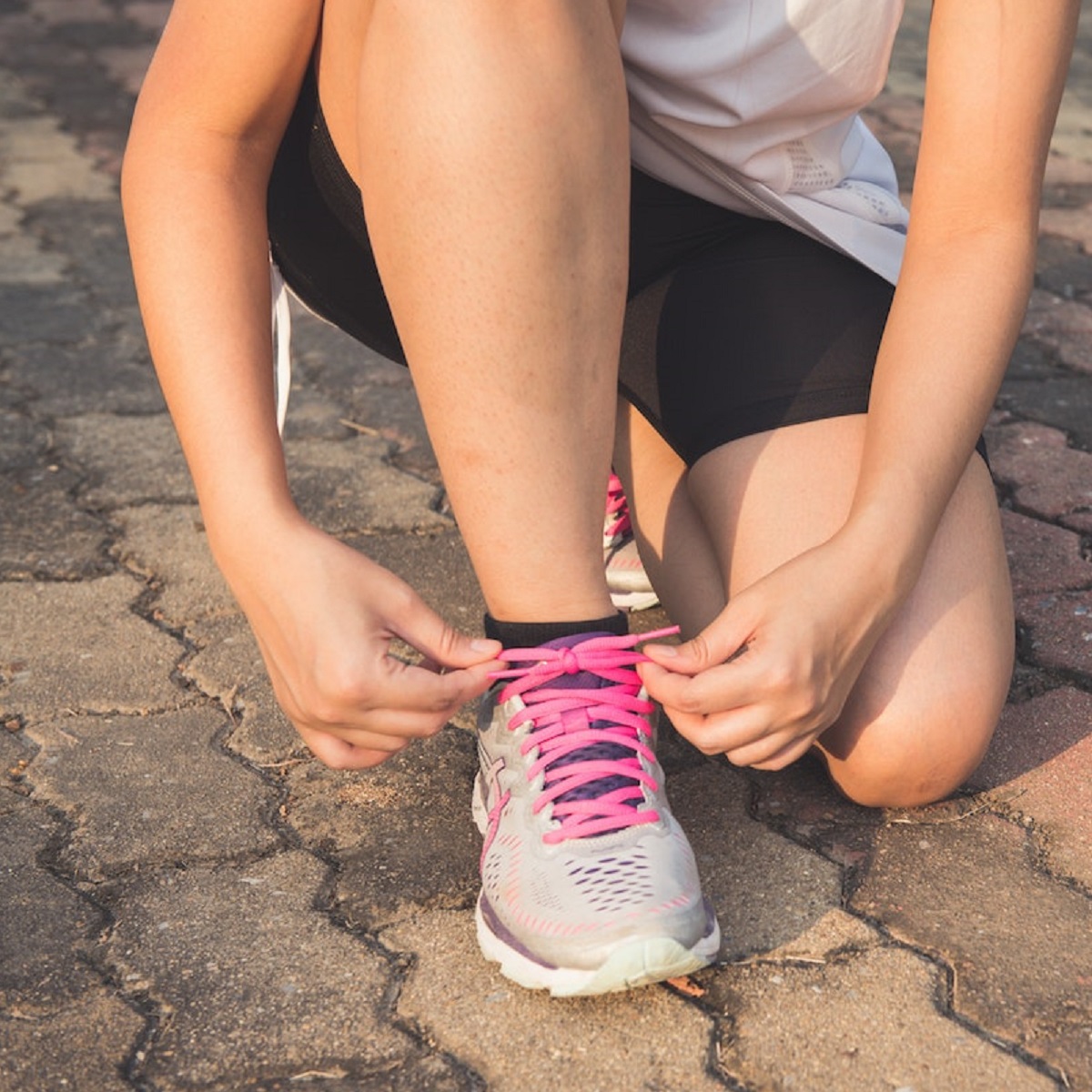Whether you’re just getting started in the sport, or you’ve been running for years… safety while running is something you shouldn’t get lazy about.
In general, the best running safety gear doesn’t cost much, but it can go a long way for your peace of mind. Depending on the time of day, your course, the length of your run and other factors… your considerations for staying safe will vary.
In this article, we break down the top considerations for keeping yourself safe when running.
This page uses affiliate links. When you shop using links on this site, we may earn a commission. As an Amazon Associate, I earn from qualifying purchases.
Best Running Safety Gear – Top Items For Runners
You know the old adage… an ounce of prevention is worth a pound of cure! With a little forethought, you’ll have more peace of mind (and won’t break the bank to get it).
We’ve rounded up some great tips and considerations for keeping yourself safe on-the-run, no matter where your miles take you!
Runners – General Safety
Reflective gear is our #1 suggestion for staying safe on the run.
Without a doubt, the first consideration for runners is to make sure that they can be seen (especially by drivers). This is especially important when you’re running through a neighborhood, in the city, or at a time of day when traffic is high (commuter hours).
Instead of worrying about only wearing bright colors, or buying a whole bunch of running specific athletic wear, the single purchase of a bright and reflective safety vest like this one is a great investment.
This one is specifically designed for athletic activities, so it’s lightweight and you won’t have to worry about it being bulky or chafing. You’ll be able to easily slip it on over just about anything!
Try not to overlook the importance of making yourself more visible. Even if the bulk of your run will be on a trail or within a park… don’t forget to consider the areas you’ll be running through to get there and back home again.
Safety Considerations Depend On Your Route
Where Will Your Run Take You? Consider Your Surroundings.
Of course, there are particular considerations that will depend on the type of route you’re taking. A run through the city is going to have different risks than a remote trail run.
Common sense goes a long way, but in general, you’ll be better off if you take a moment before heading out to consider the surroundings of your planned route, and what facilities (if any) will be accessible for you along your course.
Safety Precautions Relative To Duration Of Run
How Long Will You Be Out Running?
A longer run carries greater risks. As you tick off miles, consider things that could go wrong. Might you run out of phone battery? Will you need to recharge with nutrition or hydration along the way? Do you have a plan for how to get help if you need it?
First things first, make sure someone knows where you’ll be going, and approximately when to expect you back. This way, someone will be out to look for you as quickly as possible if something goes wrong and you aren’t back home as expected.
Next, consider wearing a simple running belt, which will offset several long-run risks in one.
Why we like this running belt? It’s designed for runners, so the fit is snug, and your stuff won’t be bouncing around. It’s large enough to fit some money, your cell phone and a bit of on-the-go fuel like gels, gummies and the like. It also has zipper closure so you don’t have to worry about losing anything!
For runs in especially hot weather (or those extra long runs), we also like this runner’s belt with hydration storage.
Time Of Day Factors For Runner Safety
What Time Of Day Are You Headed Out?
If you’re an early riser, or running post-work hours, when it’s starting to get dark outside, we cannot recommend additional lighting enough!
These clip-on LED (strobe light style) safety lights will help ensure that drivers can see you on the road, and that other runners and bikers see you coming as well.
The clip-on style will allow you to use these for all sorts of outdoor activities.
Who Will Be With You (Or Not?)
Will You Be Running Alone Or With A Group?
When running alone, it’s important to consider how you can alert others if you find yourself in a risky situation, or if you become injured (or otherwise need help) in a remote area.
A personal safety alarm like this one can be worn on the wrist (using the built in strap), or hooked around a belt or other gear.
With a simple safety device like this, you’ll be able to quickly alert people if you need help. With the 130 dB alarm, you can be heard as far as 1000 feet away.
Running Safety Gear: Identification Bracelet For Unexpected Emergencies
General Safety For Any Self Propelled Sport
If you love to run with headphones, consider wearing an earbud in just one ear. With two headphones, you might not hear things like a biker or car approaching from behind.
Wearing just one earbud can allow you to enjoy your music with a bit less risk – so you’re sure to hear what’s going on around you as well.
In Case Of Emergency
Finally, for any self propelled sport, it’s wise to wear a wrist ID when heading out solo.
In the unfortunate event of an accident or injury, imagine how happy you’d be to have a stranger be able to get in touch with your emergency contacts quickly and easily. Even if you’re not in a position to tell them who to call.
It’s not a scenario that anyone likes to consider, but this Road ID bracelet makes it super convenient to prepare for an emergency situation, just in case.
Browse Additional Running Content:









